- This story was published in RAIL 886 (August 28-September 10 2019)
Sixteen different train types are represented in more than 1,300 new passenger vehicles that are undergoing various testing and commissioning in the UK, as manufacturers continue to deliver new trains to operators.
The single biggest number is 423 Class 345 vehicles (47 nine-car sets). These Bombardier electric multiple units should be in traffic on the Elizabeth Line (Crossrail), but remain stored at various locations including Old Oak Common, Derby Litchurch Lane, Maidenhead and Worksop while work continues to deliver the heavily-delayed cross-London programme.
Some of the ‘345s’ are being used for testing the tunnels, while the first nine-car sets have entered traffic on the London Paddington-Hayes & Harlington shuttles.
A year ago, the newest designs delivered were the four-car Bombardier Class 710s for London Overground and six-car Siemens Class 717s for Govia Thameslink Railway.
Fast forward, and the ‘710s’ finally began entering traffic on the Gospel Oak-Barking route in May, some 14 months late, while the AC-only Class 710/1s have yet to carry passengers. Meanwhile, nine of the 25-strong Class 717 fleet have still to enter service with Great Northern.
Other new fleets that have entered traffic in the past year include CAF Mk 5s with Caledonian Sleeper. While all 75 have been accepted by CS, only 32 are used per night as the coaches have yet to be introduced on the operator’s ‘Highlander’ service, so are thus approaching being 12 months late.
Spanish manufacturer CAF is also building diesel and electric fleets for Northern, and the first Class 195 DMUs and ‘331’ EMUs are now in service.
Initially, the DMUs had been planned to enter service last December, but various delays meant they first carried passengers on July 1 - the same day as the ‘331s’.
So far, only the four-car Class 331/1s are operating, with the three-car Class 331/0s yet to do so. In total, some 40 DMUs and 51 EMUs are still to enter service, while CAF continues to deliver trains to Edge Hill for commissioning.
TransPennine Express is another operator that will introduce CAF vehicles, and again these are delayed. Thirteen rakes of five-coach MK 5A sets should have been in traffic by now, and while four rakes have been accepted, TPE needs to continue driver training before these enter service. RAIL understands that these sets will enter traffic this autumn.
TPE also has Class 397s that are being delivered from CAF. These five-car 125mph EMUs will also be in service this autumn, and two have been accepted for passenger use, but again driver training needs to be completed before they begin in revenue-earning traffic.
The third new fleet for TPE is Hitachi five-car Class 802/2 bi-modes. Sixteen of the 19 ordered are in the UK, with two still to arrive from Pistoia (Italy) and one from Kasado (Japan). TPE has accepted five of them, and training is under way ahead of their planned introduction this autumn.
Hitachi is also delivering trains for LNER and ScotRail. For the former, 12 of 65 Azumas are available for passenger duties, with at least seven in traffic per day. That number will rise from September 16 when the first Class 801/1s began operating between London and Leeds. These will be the first electric-only Intercity Express Passenger trains in service.
The company still has five Class 385s to deliver to ScotRail - four three-car sets and one four-car ‘385/1’. These EMUs are not needed until the December timetable change.
Stadler has also delivered its first trains for Greater Anglia, with two four-car bi-mode Class 755/4s running between Norwich-Great Yarmouth/Lowestoft and Norwich-Cambridge.
As this issue of RAIL went to press, 19 of the 24 ordered bi-mode units were in the UK, while four of the 14 three-car Class 755/3s are also here, although these have not yet received Office of Rail and Road acceptance to carry passengers.
Stadler is also delivering 20 12-car Class 745s for GA, split into two fleets - one for Norwich-London expresses (ten Class 745/0s) and the other for the Stansted Express route (ten Class 745/1s). So far none are in traffic, although they have received ORR approval to carry passengers. Of the 20 ordered, nine are in the UK, with seven stored on the Mid-Norfolk Railway.
GA was also due to put its first Bombardier Class 720s in traffic last March, but is waiting for its first Aventra to be delivered to Ilford (this was due last January).
One set has so far moved to Asfordby for testing on the Old Dalby test track, but none of the 122 on order have made it onto the national network. GA aims to have the first sets in traffic by the end of the year, which will enable it to start withdrawing older EMUs that are not compliant with disability regulations. It has 89 five-car and 22 ten-car Aventras on order.
…with more new trains ordered
While many fleets are currently being delivered, construction is under way on even more new trains.
Bombardier is building Aventras for South Western Railway (750 vehicles) and West Midlands Trains (333 vehicles), and will soon start work on 60 units for c2c. It has almost completed the final Class 345s for Crossrail, while the final Class 710s are also in production for London Overground.
WMT is also due to take delivery of CAF Class 196 diesel multiple units from next year, with these being assembled in Newport (south Wales). Some 80 vehicles are on order, and their delivery will enable Class 170s to move to East Midlands Railway. AF is also building some 77 DMUs for Transport for Wales, which are due for delivery from 2021.
Swiss manufacturer Stadler will complete its Greater Anglia order in the next few months, while the first of its 52 four-car Class 777s that are destined for Merseyrail is about to begin testing at Erlen (Switzerland). The EMUs will also be fitted with batteries to enable them to operate away from the third-rail at depots.
Stadler also has contracts to build 11 four-car bi-modes, 24 tri-modes and 36 tram-trains for Transport of Wales, with delivery of these fleets due to commence until 2021.
As this issue of RAIL went to press, the first of five bi-mode Class 802/3s for Hull Trains was due to leave Hitachi’s Italian facility at Pistoia.
The Japanese manufacturer will complete the assembly of Class 801/2 EMUs at Newton Aycliffe early in the new year, ending the construction of the Intercity Express Programme trains. However, it has won a deal to build 33 five-car bi-modes for EMR, and construction is likely to start in 2021 ahead of them entering service the following year.
Longer-term, First Trenitalia plans to order 23 new trains for its West Coast operations (see Network News), while it will also operate the classic compatible trains for HS2 (the contract is due to be awarded next year).
Elsewhere, new trains are expected for the Southeastern franchise when it is finally awarded, having been cancelled recently (RAIL 885). These would likely be EMUs, with Hitachi and Siemens rumoured to have been interested in that operation in the past.
Older fleets cascaded or set for scrapping
The arrival of new trains means the end of the line for some fleets, while others will be cascaded.
North of the border, the introduction of Hitachi Class 385 electric multiple units has enabled ScotRail to start withdrawing Class 314s (five have been scrapped). All of the veteran EMUs, first introduced in 1979, will be out of traffic by the end of the year.
At Great Northern, new Siemens Class 717s have allowed the withdrawal of three-car Class 313s that were introduced in 1976-77 (23 have so far been scrapped).
Northern has finally been able to withdraw its first Pacers, following the introduction of its CAF fleet. However, while seven have been retired, the operator has admitted it will need to keep Class 144s in service in south Yorkshire for a period at the start of next year (RAIL 883).
Neighbouring operator TransPennine Express has handed the first of ten Class 350/4 EMUs back to West Midlands Trains, with nine to follow by November.
TPE is also due to start handing Class 185 DMUs back to their owner this year, once new fleets enter traffic across the Pennines.
On LNER, the first Class 91 has been withdrawn, while five rakes of Mk 4s have been sent off-lease, with one Trailer Standard (TSO) sent for scrap already. Except for 12 coaches confirmed for Transport for Wales, the future of the Mk 4 fleet (1989-92) remains bleak.
The first LNER HSTs will be withdrawn in November. They could yet move to EMR to cover for that operator’s HSTs, which are less accessible than the East Coast Main Line fleet.
Greater Anglia has so far only been able to reduce the use of hired Class 37s and Mk 2s on rural routes, as it waits to introduce more Stadler bi-mode units. Its 12 Class 170/2s are due to move to Transport for Wales from October, while its nine Class 156s are destined for EMR once sufficient Class 755s are in traffic.
Once GA starts introducing its Class 745/0 EMU fleet between Norwich and London, 13 of its 15 Class 90s will move to Freightliner, while two have been bought by Locomotive Services Limited. The Mk 3s have no future home line up, with scrapping a real possibility.

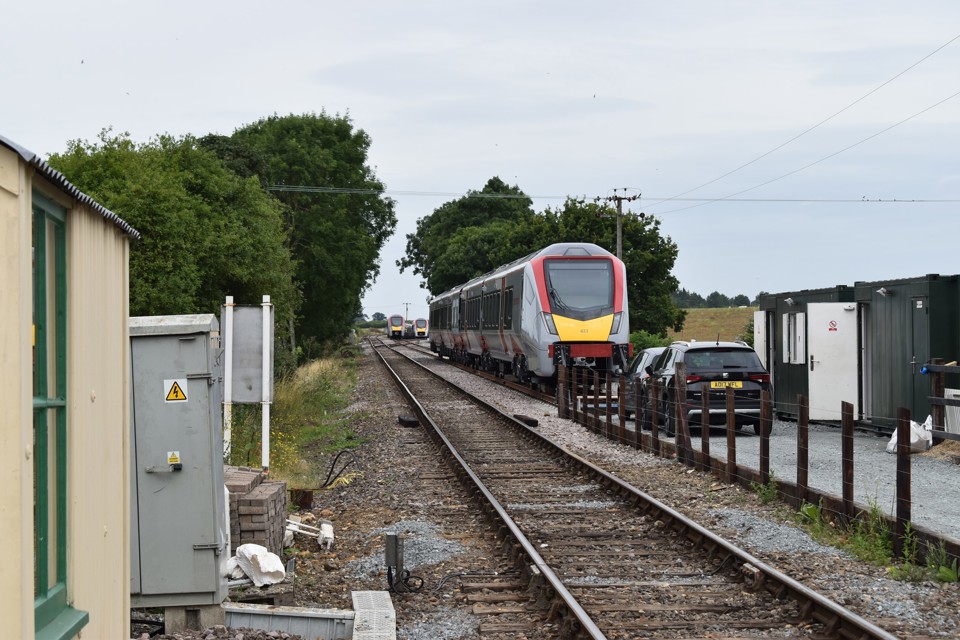
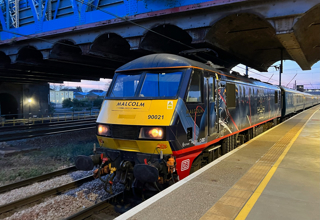
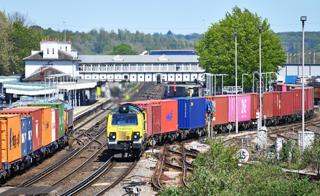
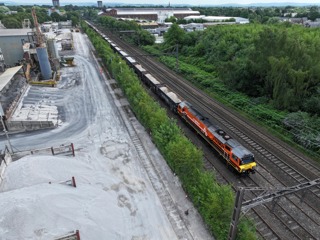
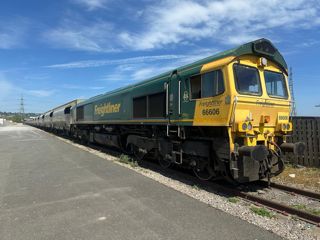
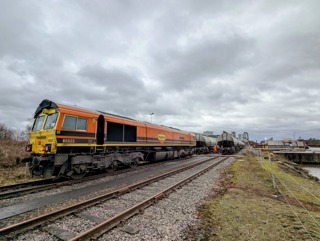










Login to comment
Comments
No comments have been made yet.